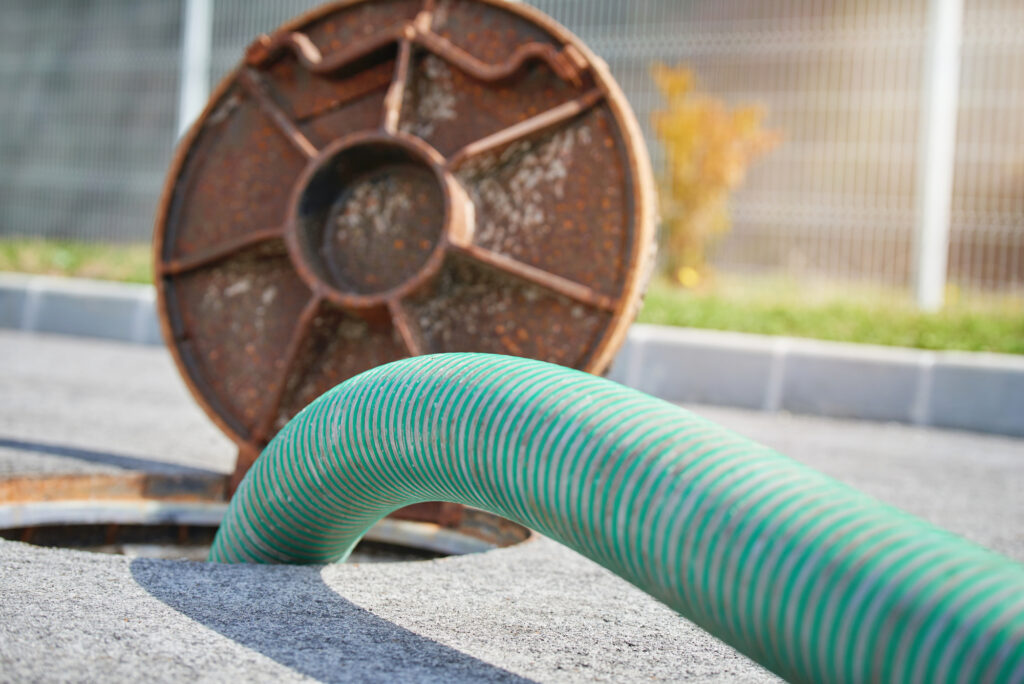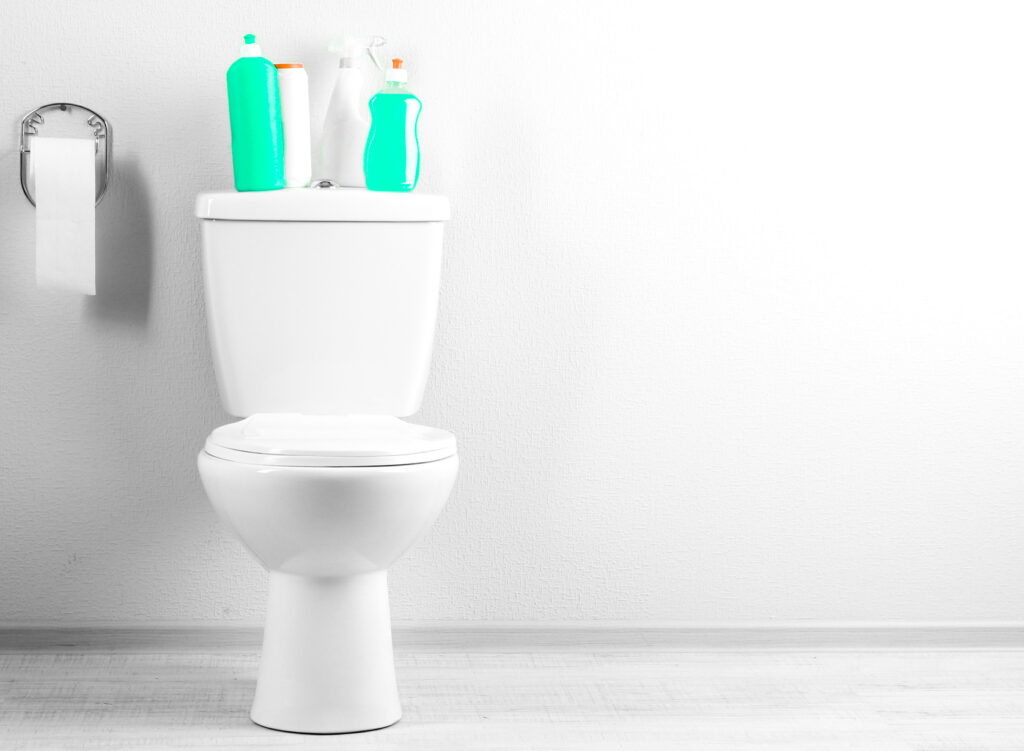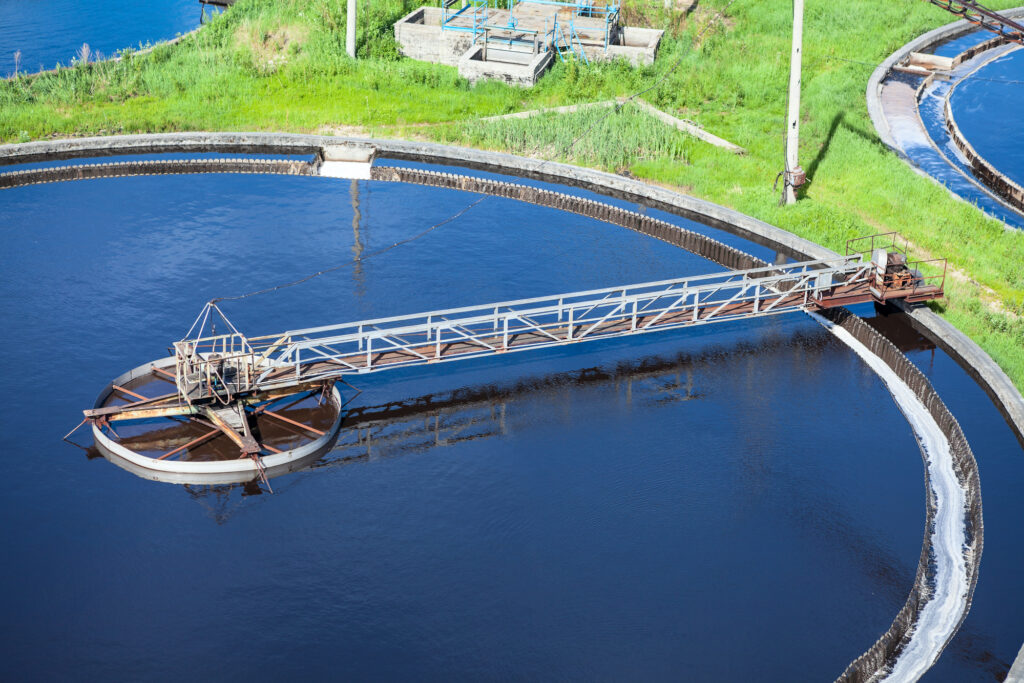Can Sewage Save The Day? Universities Turn to Wastewater to Keep Campuses Open and Safe
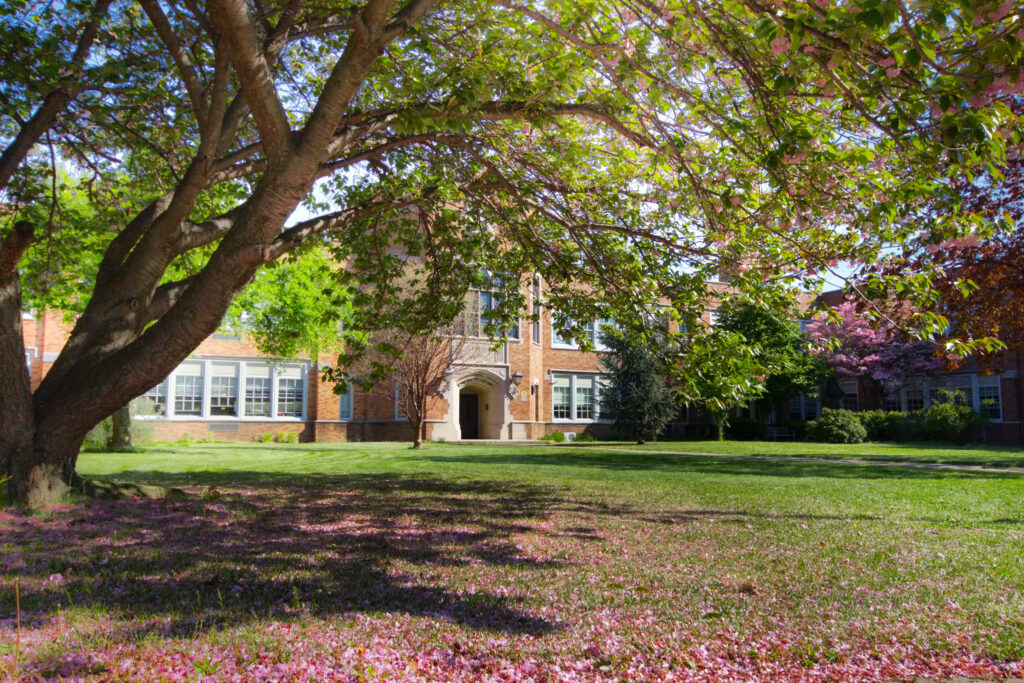
As colleges and universities made the difficult decision to allow students back to campus, coronavirus infection rates began increasing across the country. Many assumed the simple solution would be to make like the NBA and test every student, every day. But that method proved to be expensive and extremely invasive. Now, decision-makers have turned to a new, much stinkier way to detect and prevent the virus – and scientists at the nation’s leading private testing laboratory are hopeful it will bring the results schools need to remain open, safely.
Colleges across the nation — from Arizona to New York — are turning to a new method of detection that utilizes human waste as a public health tool. The test works, as described by Microbac’s Director of Molecular Biology Aaron Peacock “by detecting genetic material from the virus, which can be recovered from the feces of people with COVID-19, whether symptoms are present or not.”
“If university officials want to know if social distancing is working or if they’re going to have to shut down again, they’d want more data for that policy decision,” explained Peacock. “Environmental wastewater testing offers an idea of the level of the possible virus within that population. For example, virus levels could be low at one point, but if they see those levels going higher and higher, week after week, this may be the right time to plan an intervention.”
One Step Closer to “Normal?”

This testing capability has only been on the market from Microbac for roughly a month, and it comes as universities search for ways to keep campuses open despite close-proximity living situations like dorms and sorority houses. This is where Peacock believes Microbac can, and has, helped.
“Schools and universities have been a great candidate thus far for this type of testing because they have so many people and so much space to monitor,” stated Peacock. “If you want to keep track of the virus on campus you need to know which dorms are showing a higher viral count to understand from where the virus is spreading. For example, if you have three dorms: dorm A, dorm B, and dorm C, you can take samples from all three and make an accurate decision on where to focus based on your wastewater results. If you see an increase in viral markers from dorm A, but not in B or C, you can address those issues without disrupting all three dorms.”
The scenario Peacock describes has already played out in universities across the country. In fact, at institutions like the University of Arizona, Rochester Institute of Technology in New York and Syracuse, sewage is being tested as much as twice weekly for evidence of virus shed in feces. This provides the early warning system described by Peacock and may help decision-makers to isolate the infected dorms, sorority, or fraternity houses when the virus is detected.
“The data we’re producing is extremely useful,” stated Peacock. “It gives stakeholders a different dimension of information. For example, the single nose swab tests can be related to looking at each tree in the forest – this test allows you to get above the forest and look at all of the trees. Wastewater testing provides leaders with population-wide data which is the most effective option thus far for keeping campuses open safely.”
Seeking Clarity in Uncertain Times
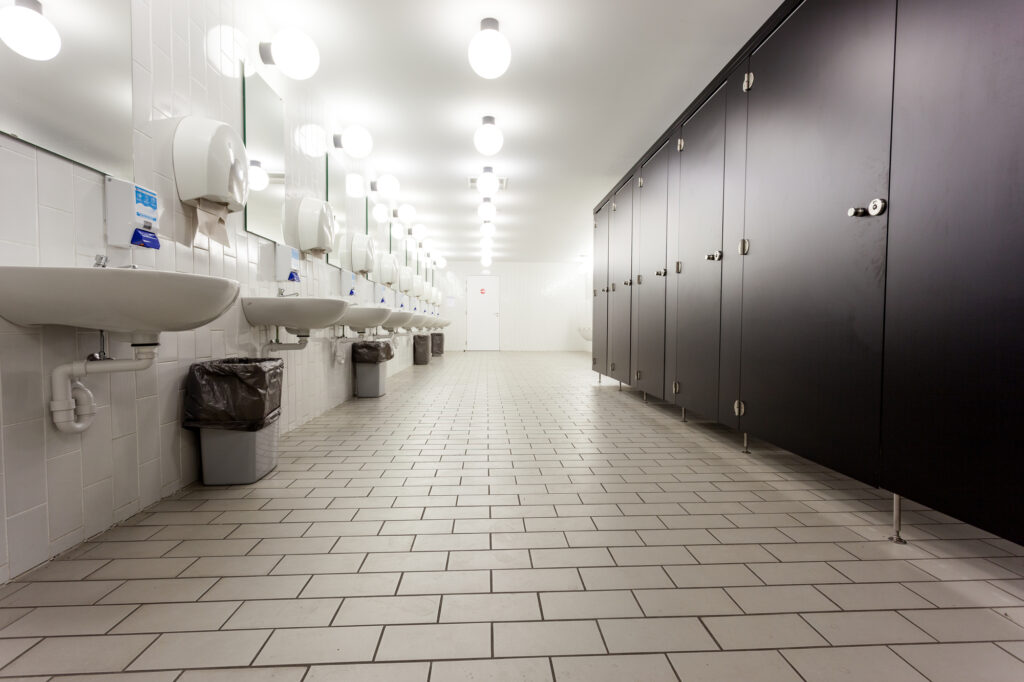
For all of us, 2020 will go down as a period of profound uncertainty. And for many universities, the fall of 2020 has transformed their campuses into large experimentation studies. School leaders are trying everything from individual nasal swabs to health-check apps, homegrown contact technologies that log student movement and exposure risk, and wastewater testing. So far, wastewater testing is looking to be the most impactful method and Peacock believes the responsibility to make sure this testing is available falls on the shoulders of labs like Microbac, who has been utilizing wastewater testing for decades.
“Wastewater monitoring is not new,” explained Peacock. “It has been used for decades to measure the success of vaccination campaigns. Now, the approach will be used to measure the effectiveness of our communities’ efforts against COVID-19. Yes, this approach to wastewater testing is a new development… but our laboratory has specialized in analytical testing for more than 50 years.”
Since launching this capability, Peacock and his team In Oak Ridge, Tennessee have been inundated with wastewater samples from across the country. Fortunately, their team has and will continue to be more than equipped to deliver results back to the universities. Combined with Microbac’s virology testing department in Sterling, Virginia (one of the few in the world certified by the CDC to test disinfectants against the live virus), these two are making serious progress in the fight to move past the pandemic.
To find out more about the Wastewater Testing offered by Microbac tap here. To explore Microbac’s Environmental Surface Testing options, tap here. To contact Peacock’s testing team directly for a complimentary quote, tap here.
All photography pictured is by Cara Chancellor.
This document is not intended to provide scientific or other advice to be used in a specific fact situation and is intended for general information purposes only. While we encourage you to share this document or a link to it with others, this document or any portion of it may not be quoted or used in another publication without our express permission.
